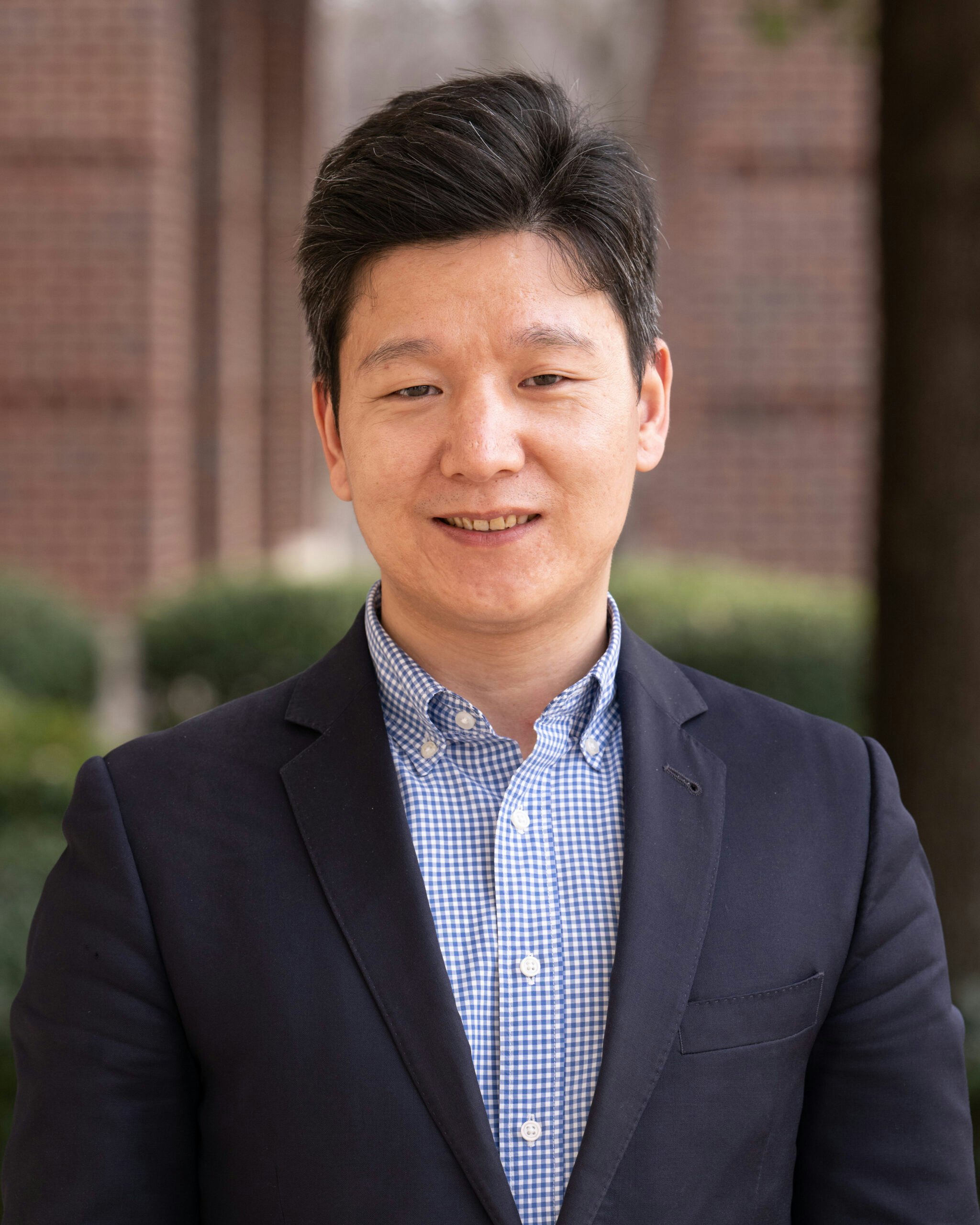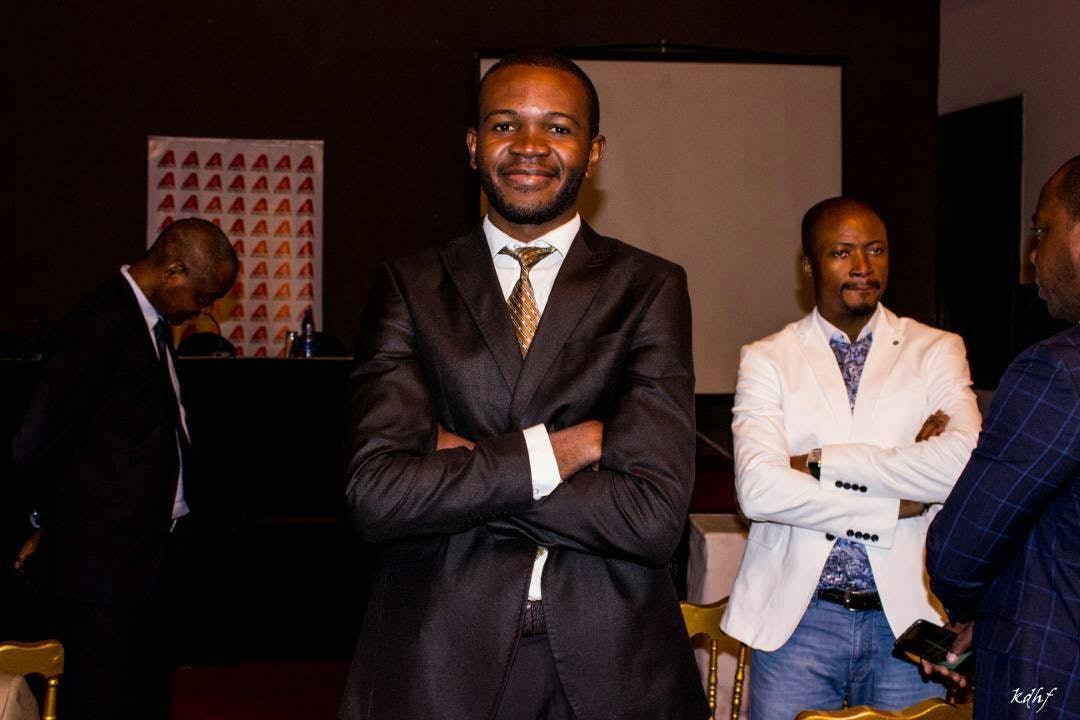Amanda Schnetzer, director of the Bush Institute's Global Initiatives, reports from Burma why something as simple as a radio can be a symbol of freedom.
If I asked you what’s in an AM/FM radio, you might answer with a list of pieces and parts like resistors, transistors, capacitators, and coils. But if you’re a former political prisoner in Burma (Myanmar) like Chit Min Lay, your answer might be different: freedom.
Earlier this week, Chit Min Lay took a colleague and me to visit the 8888 Memorial Hall, referring to the country’s 1988 pro-democracy uprising against decades of failed socialist policies and a one party military regime. Mass demonstrations that began on August 8, 1988 — hence 8-8-88 — ended days later in a brutal government crackdown.
8888 Memorial Hall started as a temporary exhibition in a modest concrete house in Rangoon. So far, it has been open for two years and welcomed an unusual mix of curious foreigners and Burmese citizens. Advertising is largely word of mouth.
Photographs in thin black frames document the brave decisions and sometimes bloody consequences of students, doctors, civil servants, and others who peacefully confronted power to demand their freedom. Others like Chit Min Lay would continue the pro-democracy fight in subsequent decades.
A plexiglass case displays the only artifact in the 8888 exhibit: a small black Sony radio that activists took underground to get news from the BBC and Voice of America. For them, the radio meant freedom — access to information, access to the truth, access to the outside world. The risks of listening were high and many went to prison for it.
While Burma is far from a liberal democracy today, significant liberalization and transition to civilian rule have brought radios out of hiding and produced an explosion of new devices and information flows in recent years. In the blink of an eye, nearly 80 percent of the population gained access to the Internet, most of it via smart phones. Freedom of the media and free expression are still a challenge but much has changed since those closed days of 1988.
In some parts of the world — North Korea and Cuba come to mind — listening to unsanctioned radio broadcasts still carries severe consequences. Information, truth, and independent media threaten the tyranny of dictators and give hope to the oppressed.
That is why in a rudimentary exhibition dedicated to preserving the memory of Burma’s pro-democracy movement a simple AM/FM radio takes pride of place. A radio tuned to the BBC or Voice of America was a sign of defiance. It was a lifeline to the free world. Inside that cheap plastic box was, simply put, the fullness of human freedom.





























